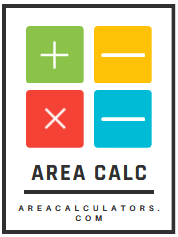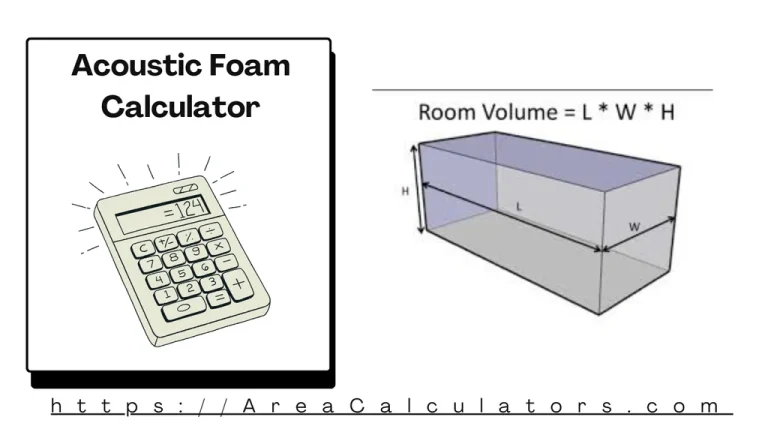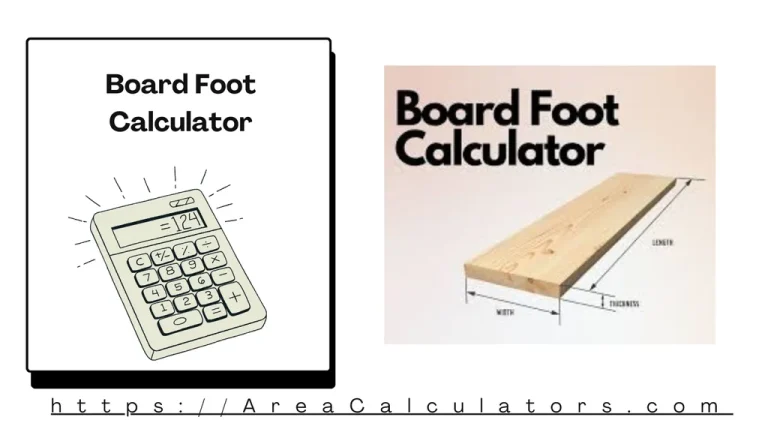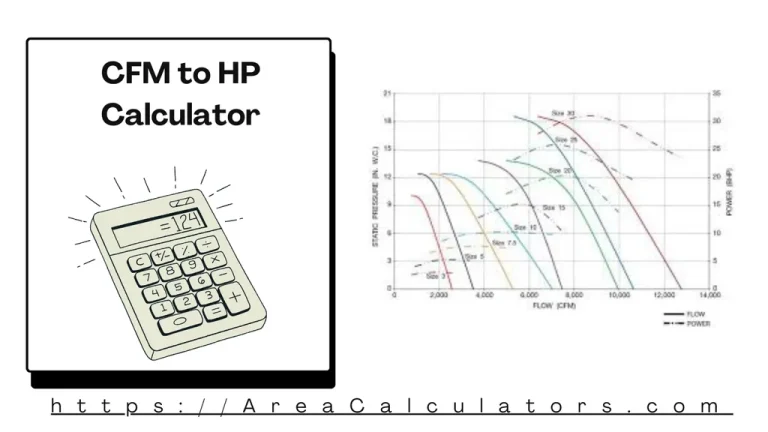Pitching Velocity Calculator
Divide the pitching distance by the time it takes for the ball to reach the catcher, then convert to mph.
The Pitching Velocity Calculator determines the speed of a pitched baseball or softball using the distance and time the ball takes to reach the target.
This tool is essential for players, coaches, and scouts to evaluate performance, track progress, and compare velocity benchmarks by age or skill level. Calculating pitching velocity helps assess throwing mechanics, set goals, and improve technique for optimal performance.
Formula:
PV = D / T / 1.467
| Variable | Definition | Units |
|---|---|---|
| PV | Pitching Velocity | Miles per hour (mph) |
| D | Distance from pitcher to catcher | Feet |
| T | Time taken for the pitch | Seconds |
Solved Calculations:
Example 1: Calculate velocity for a pitch traveling 60 feet in 0.5 seconds
| Step | Value | Explanation |
|---|---|---|
| Distance (D) | 60 feet | Standard pitching distance |
| Time (T) | 0.5 seconds | Measured time |
| Formula Application | 60 / 0.5 / 1.467 | Apply formula |
| Pitching Velocity | 81.86 mph | Final result |
Example 2: Calculate velocity for a pitch traveling 46 feet in 0.42 seconds
| Step | Value | Explanation |
|---|---|---|
| Distance (D) | 46 feet | Little League pitching distance |
| Time (T) | 0.42 seconds | Measured time |
| Formula Application | 46 / 0.42 / 1.467 | Apply formula |
| Pitching Velocity | 76.57 mph | Final result |
What is the Pitching Velocity Calculator?
The Pitching Velocity Calculator is a specialized tool which is designed to determine the speed of a baseball or softball pitch based on the distance and the time it takes to reach the target.
It is widely used by coaches, players, and analysts to evaluate performance, improve pitching techniques, and measure progress over time.
This calculator requires inputs such as the distance from the pitcher’s mound to home plate and the pitch’s travel time. Using physics-based formulas, it calculates the velocity, providing an accurate reading of the pitch’s speed.
It is particularly useful for comparing pitching speeds across different distances and determining equivalent speeds for training and gameplay scenarios.
By offering instant and precise results, the calculator helps identify areas of improvement and aids in goal-setting for players of all ages and skill levels.
Final Words:
In conclusion, the Pitching Velocity Calculator is a valuable asset for baseball and softball enthusiasts, enabling precise analysis and monitoring of pitch speeds. Its ease of use and accuracy make it an essential tool for achieving pitching excellence.





